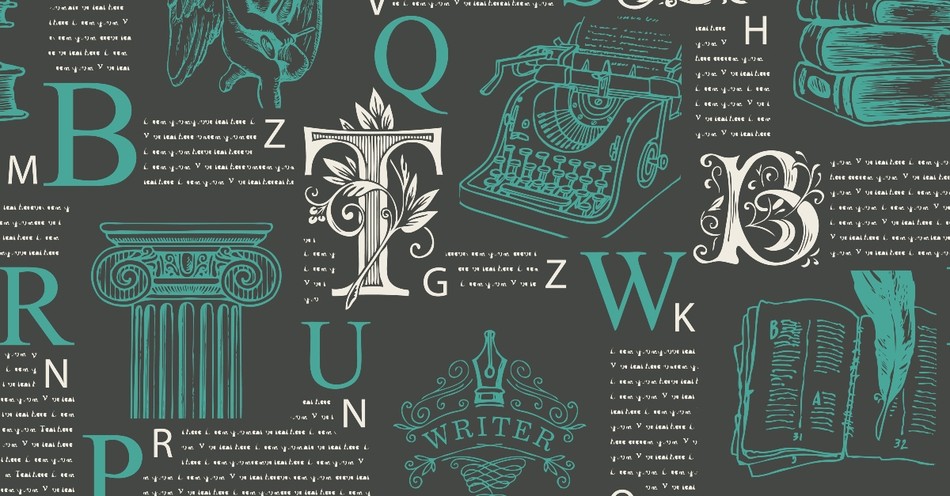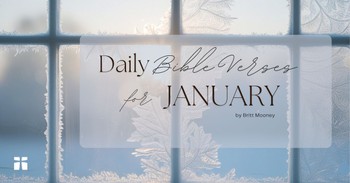Even though we read translations of the Bible from its original languages, we can still pick up on many literary devices used, especially by Hebrew poets. No doubt from arranging an entire Psalm based on the Hebrew alphabet (Psalm 119) to the use of hyperbole (Matthew 19:24) and simile (Psalm 1:3), we see tons of literary devices scattered throughout the Bible.
One such includes something known as antithetical parallelism. This device essentially shows a contrast, a foil.
The article above uses the example of the verse Ecclesiastes 10:2 that says a wise person “inclines to the right, but the heart of the fool to the left.” In essence, authors want to pair two complete opposites to drive a point home.
Authors of any genre, not just the Bible, can often use this device to show the vast differences between two characters. For instance, if you pair Heathcliff and Edgar in the popular novel Wuthering Heights, you can’t find two characters more opposite of each other. They seem to represent depravity and goodness, respectively.
In the same way, biblical authors employ this antithetical parallelism to show a massive contrast between two people or objects, often something good and something evil.
Why Would Authors Use Antithetical Parallelism?
Although we can’t always discover the author’s intent, we can look to the verses that employ this literary device to understand why poets in the Bible used this parallelism frequently.
The young lions suffer want and hunger; but those who seek the LORD lack no good thing (Psalm 34:10).
For the Lord knows the way of the righteous. But the way of the wicked will perish (Psalm 1:6).
Hatred stirs up conflict, but love covers over all wrongs (Proverbs 10:12).
First, we can most often identify this device by the employment of the but in the second line.
But this device appears to show what happens when one chooses one path over the other: “Enter through the narrow gate. For wide is the gate and broad is the road that leads to destruction, and many enter through it. But small is the gate and narrow the road that leads to life, and only a few find it” (Matthew 7:14).
Most often this device says that if you choose the path of wickedness, folly, etc., you will lead yourself into destruction. But if you choose the path of wisdom, goodness, the Lord, you will be led into righteousness.
The contrast shows us how far sin makes us stray from God, and how the path of righteousness stands far apart from the path of destruction.
Do We See Antithetical Parallelism in Non-Poetic Books of the Bible?
The examples we’ve used in this article all come from poetic books such as Psalm, Proverbs, and Ecclesiastes, but do we see this literary device implemented elsewhere in the Bible?
We can also see examples in Job, “So prosperous will your future be” (Job 8:7). But that also qualifies under the books of poetry in the Hebrew and Christian Bible.
Most parallelism we see happens in books of poetry. We see most examples of this type of literary device in Proverbs, a book that often will contrast wisdom and folly.
Even though we don’t see this literary device used in many other parts of the Bible, except for books of poetry, it’s still important to know the purpose behind the use of it.
Why Does This Matter?
Why should we care about literary devices in the Bible?
First, we should care because we can understand passages more clearly when we understand what type of literary device the author or speaker employed. Many people don’t often realize that Jesus uses the literary device of humor in some of his sermons.
For instance, his hyperbole of the camel going through the eye of a needle would’ve been seen as a funny type of imagery in that day (Matthew 19:24). This article also dives into other types of humor Jesus may have used.
But through our modern lens, many of these devices can escape our notice.
That’s why knowing the literary devices used can give us a deeper understanding of the text.
Second, knowing about antithetical parallelism gives us a better depiction of salvation.
We don’t know how far away the wide path takes us away from the narrow one until we see the contrast. I’ve often known bakers of apple and other fruity pies to serve their guests a lemon wedge before the pie. Because they want someone to taste something sour before getting the contrast of something sweet.
In the same way, in these texts, we receive something sour before we get to something sweet, salvation in Jesus. We see how far we’ve strayed into depravity before we return to wisdom, hope, and salvation.
©iStock/Getty Images Plus/paseven
Hope Bolinger is an acquisitions editor at End Game Press, book editor for hire, and the author of almost 30 books. More than 1500 of her works have been featured in various publications. Check out her books at hopebolinger.com for clean books in most genres, great for adults and kids. Check out her editing profile at Reedsy.com to find out about hiring her for your next book project.




